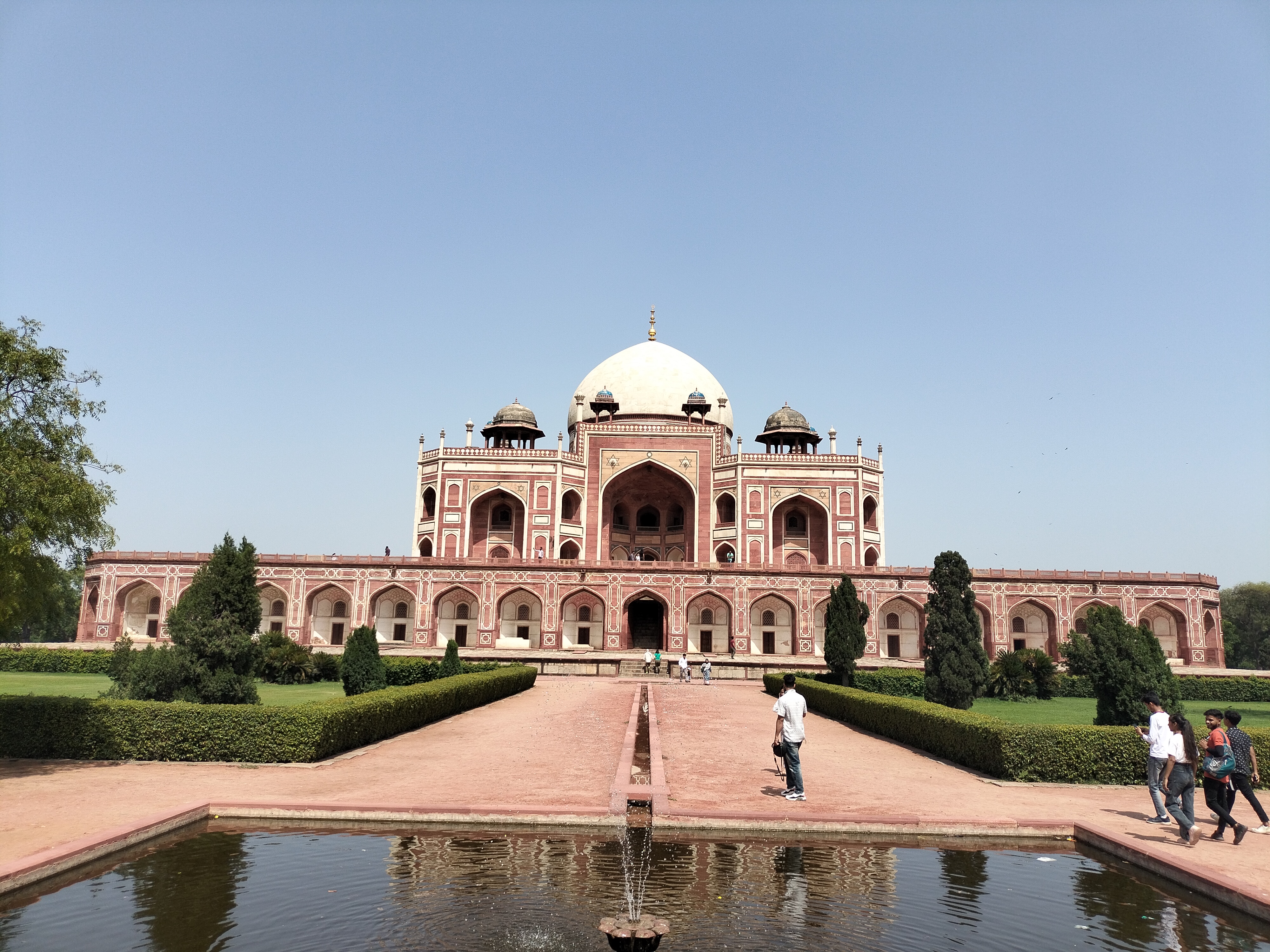India, a land steeped in history and grandeur, is home to numerous architectural marvels that showcase the rich cultural heritage of the country. Among these splendid structures, Humayun’s Tomb stands tall as a testament to the architectural brilliance of the Mughal era. Located in the heart of Delhi, this magnificent mausoleum is a UNESCO World Heritage Site and serves as a remarkable tribute to Emperor Humayun, a visionary ruler who left an indelible mark on Indian history.
Humayun’s Tomb, commissioned by Emperor Humayun’s widow, Empress Bega Begum, is an architectural gem that predates the more renowned Taj Mahal. It was constructed in the mid-16th century and marked a significant shift in Mughal architectural style, setting the stage for the later masterpieces of the dynasty. Designed by the renowned Persian architect Mirak Mirza Ghiyas, the tomb combines Persian and Indian architectural elements, creating a unique synthesis of styles.
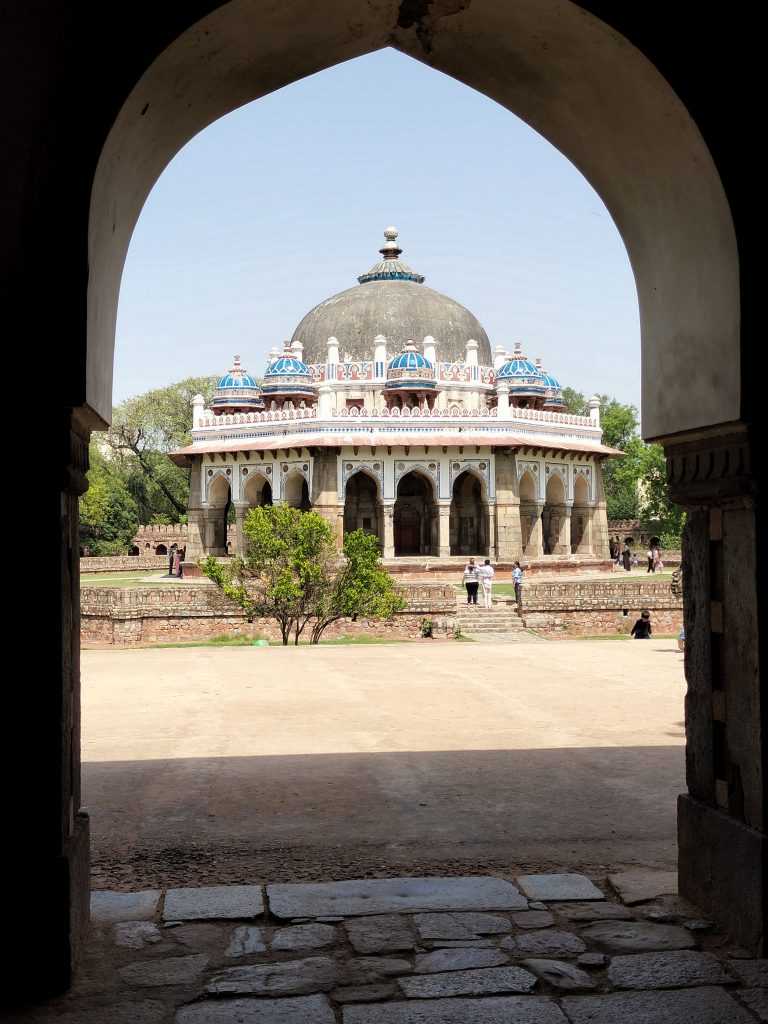
PC : Paasa Kiran 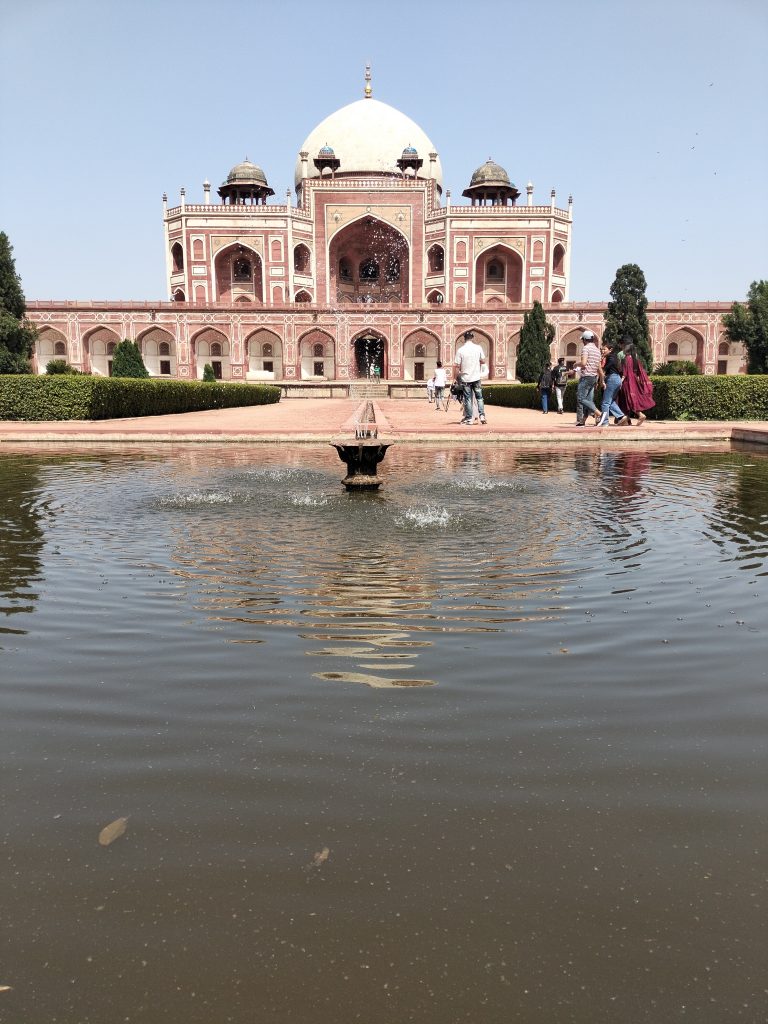
PC : Parasa Kiran 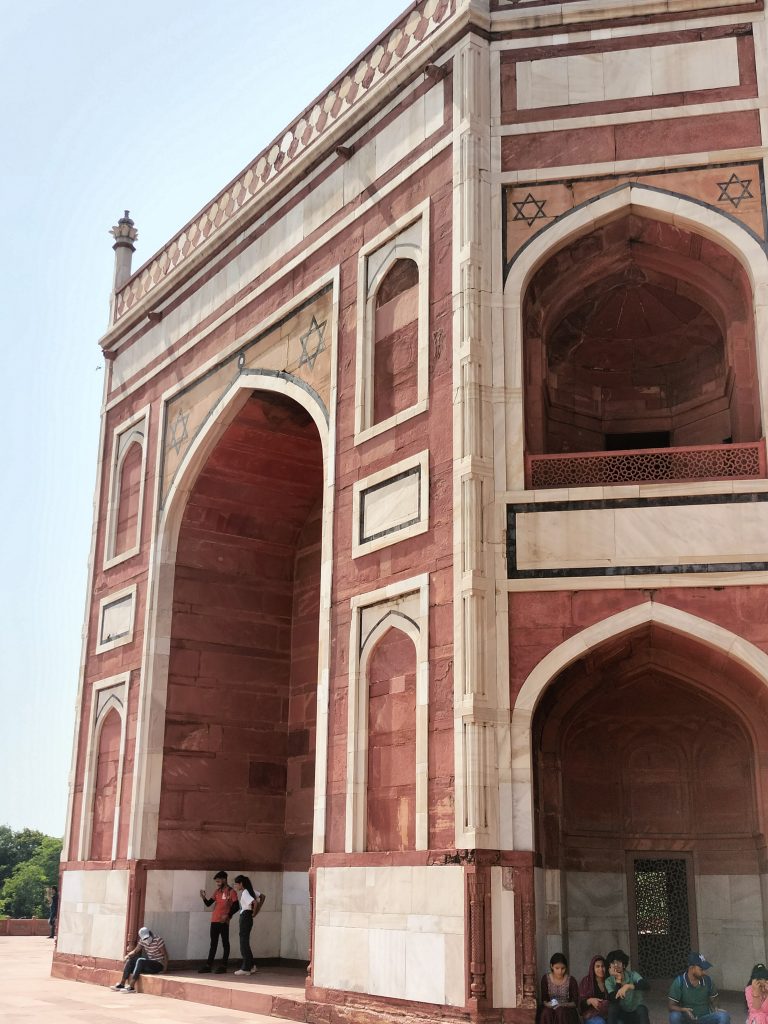
PC : Parasa Kiran 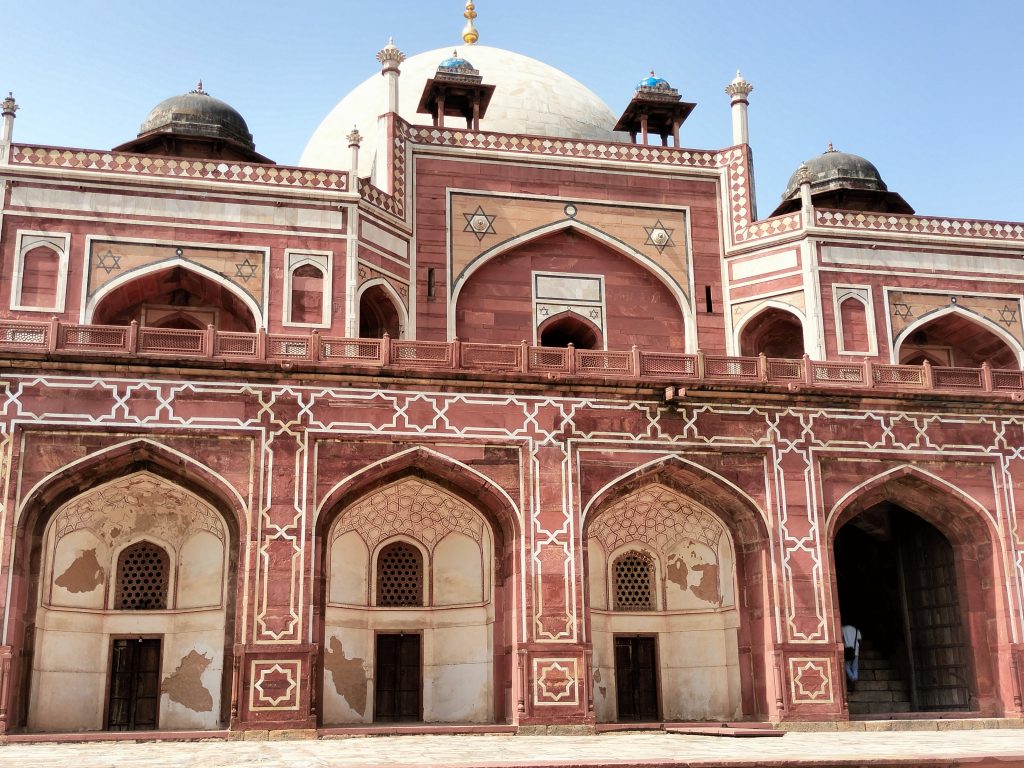
PC: Parasa Kiran
The grandeur of Humayun’s Tomb is awe-inspiring. The monument is situated within a sprawling Charbagh (four-part) garden, reflecting the influence of Persian landscaping. The symmetrical garden, divided into quadrants by pathways and water channels, offers a serene and tranquil ambiance. As visitors approach the tomb, they are greeted by a magnificent double-story gateway, known as the Buland Darwaza, which leads them to the mausoleum’s main complex.
The main mausoleum is a masterpiece of Indo-Islamic architecture. Built primarily of red sandstone, it is crowned by a towering white marble dome that stands 42 meters high, making it a prominent feature of the Delhi skyline. The dome is adorned with intricate geometric patterns, calligraphy, and decorative bands, which highlight the craftsmanship of the artisans of that era. The use of marble, a departure from the earlier preference for red sandstone, adds to the tomb’s elegance and grace.
Exploring the Complex: As one steps inside the tomb complex, they are greeted by a serene atmosphere that exudes a sense of reverence. The interior boasts a double-story octagonal chamber, which houses the cenotaph of Emperor Humayun. The cenotaph, a raised platform with intricate lattice screens, is a symbolic representation of the emperor’s final resting place. The chamber is surrounded by smaller chambers containing the tombs of other members of the Mughal dynasty.
The intricate plasterwork, delicately carved stone screens, and decorative motifs found throughout the complex serve as a testament to the remarkable craftsmanship of the artisans of the time. The amalgamation of Persian, Central Asian, and Indian architectural elements creates a harmonious and visually captivating environment that transports visitors to a bygone era.
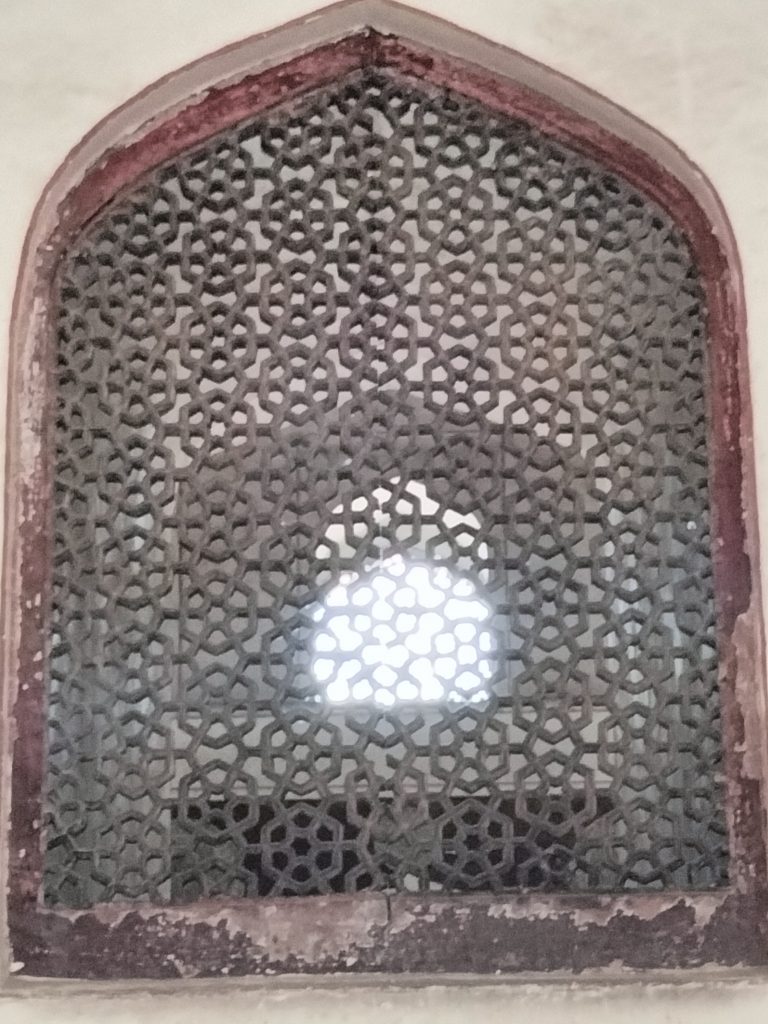
PC: Parasa Kiran 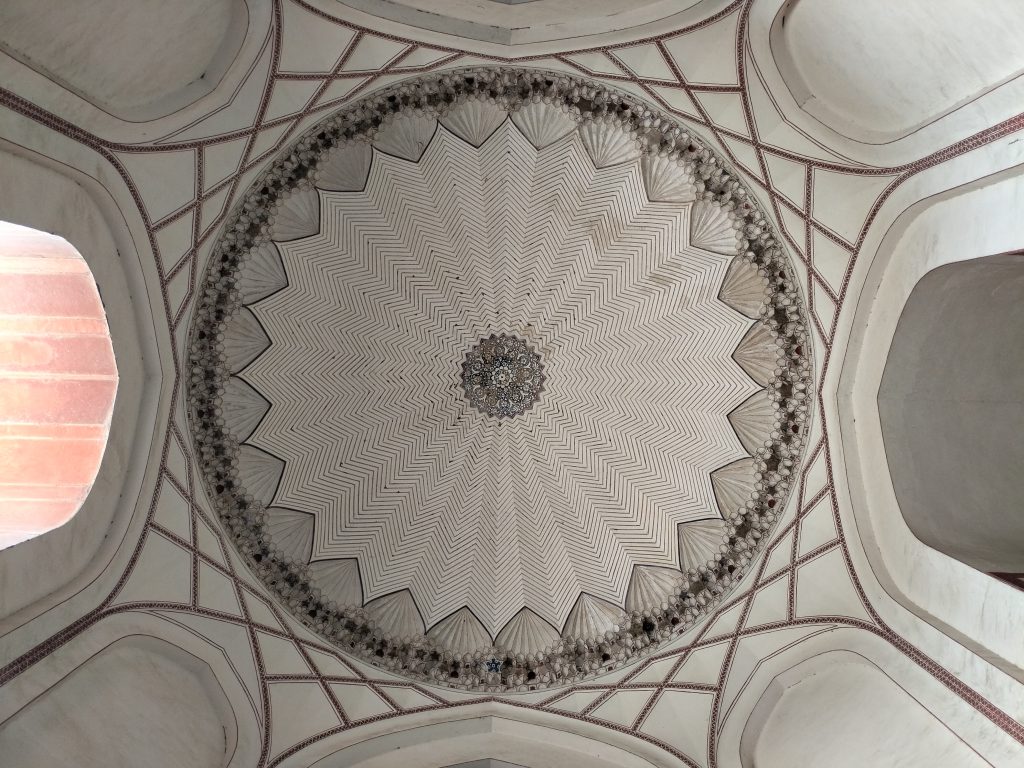
PC : Parasa Kiran
Preservation and Legacy: Over the centuries, Humayun’s Tomb faced neglect and decay. However, in the 20th century, extensive restoration efforts were undertaken to preserve its grandeur. The monument’s restoration, led by the Aga Khan Trust for Culture in collaboration with the Archaeological Survey of India, brought the tomb back to its former glory, ensuring its legacy for future generations.
Humayun’s Tomb stands not only as a historical monument but also for its architectural grandeur. It’s architectural finesse and serene setting continue to captivate visitors from around the world, offering a glimpse into the opulence and grandeur of the Mughal Empire.
ChatGPTPositive : 80%
Picture Credit : Parasa Kiran.
Traveler Info: Carry a water bottle, a hat, and a camera for sure. Summers will be bright and sunny and it’s good to visit after 4:00 PM. Evening lighting is said to be much better. Entry ticket is INR 20 for locals and INR 200 for foreigners.

